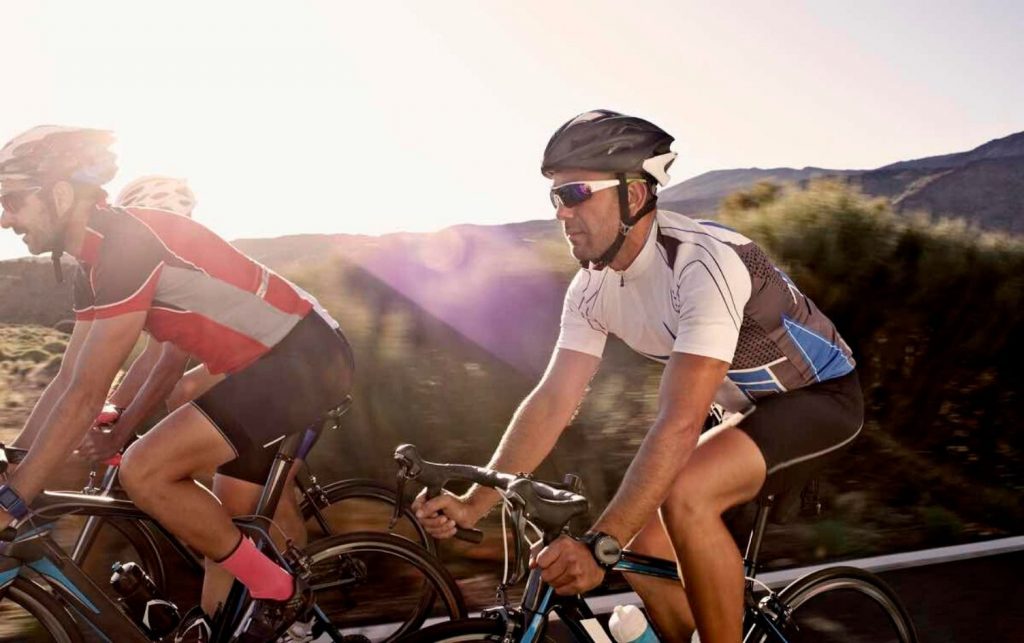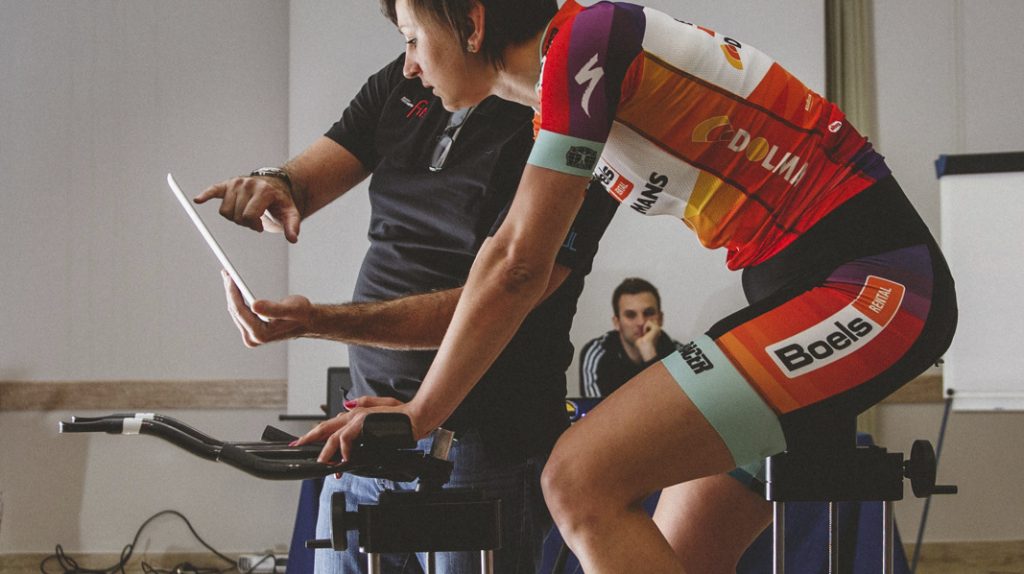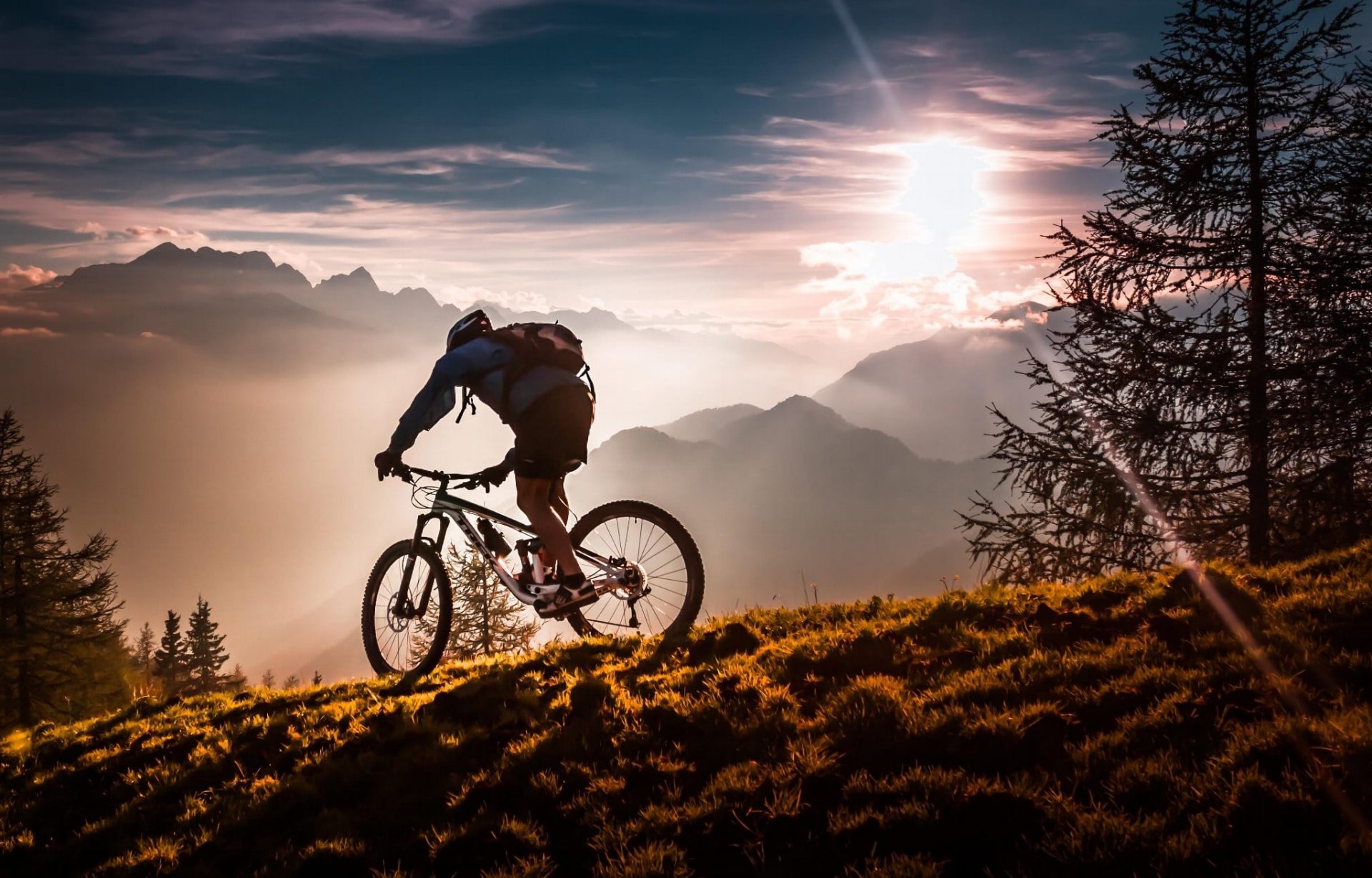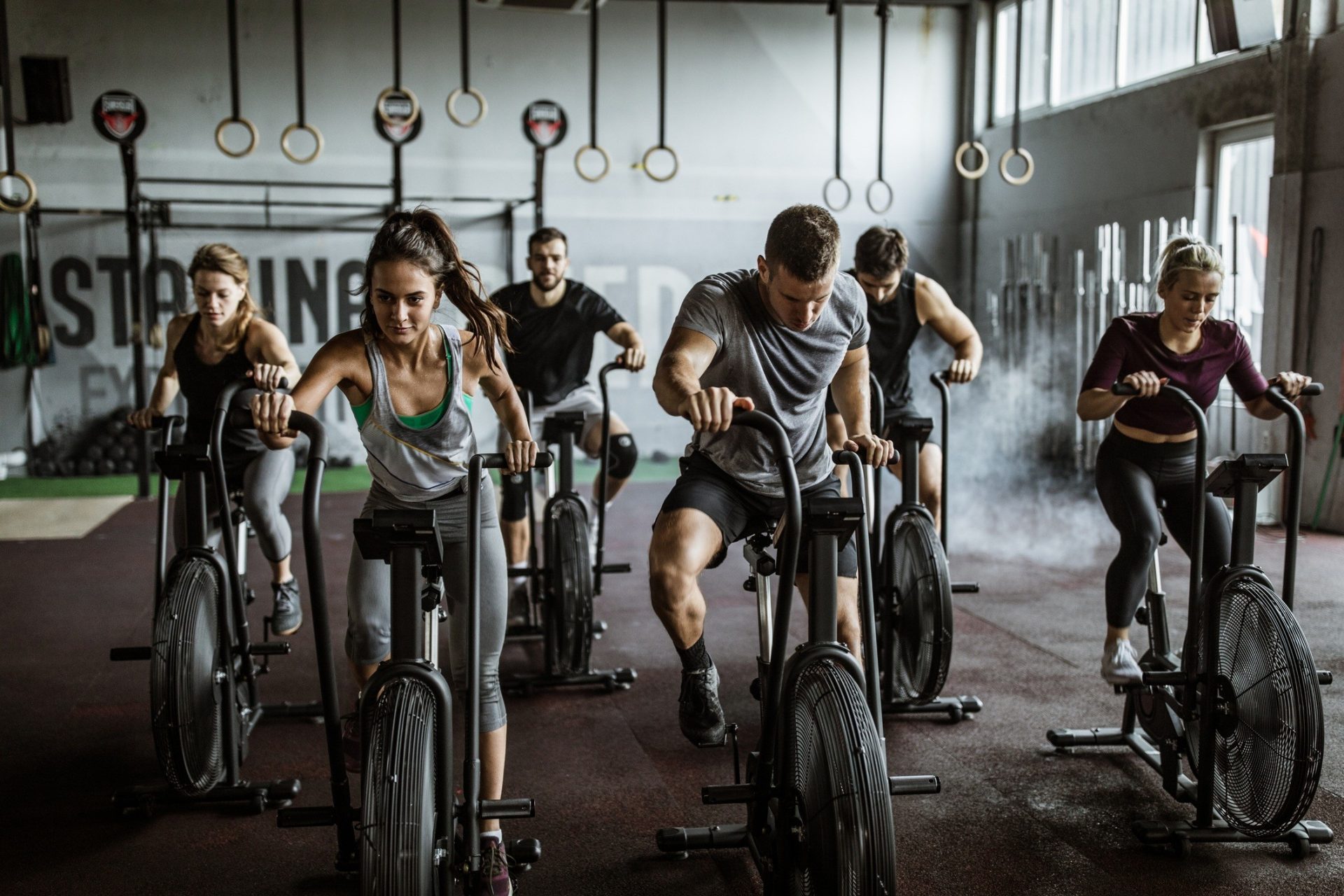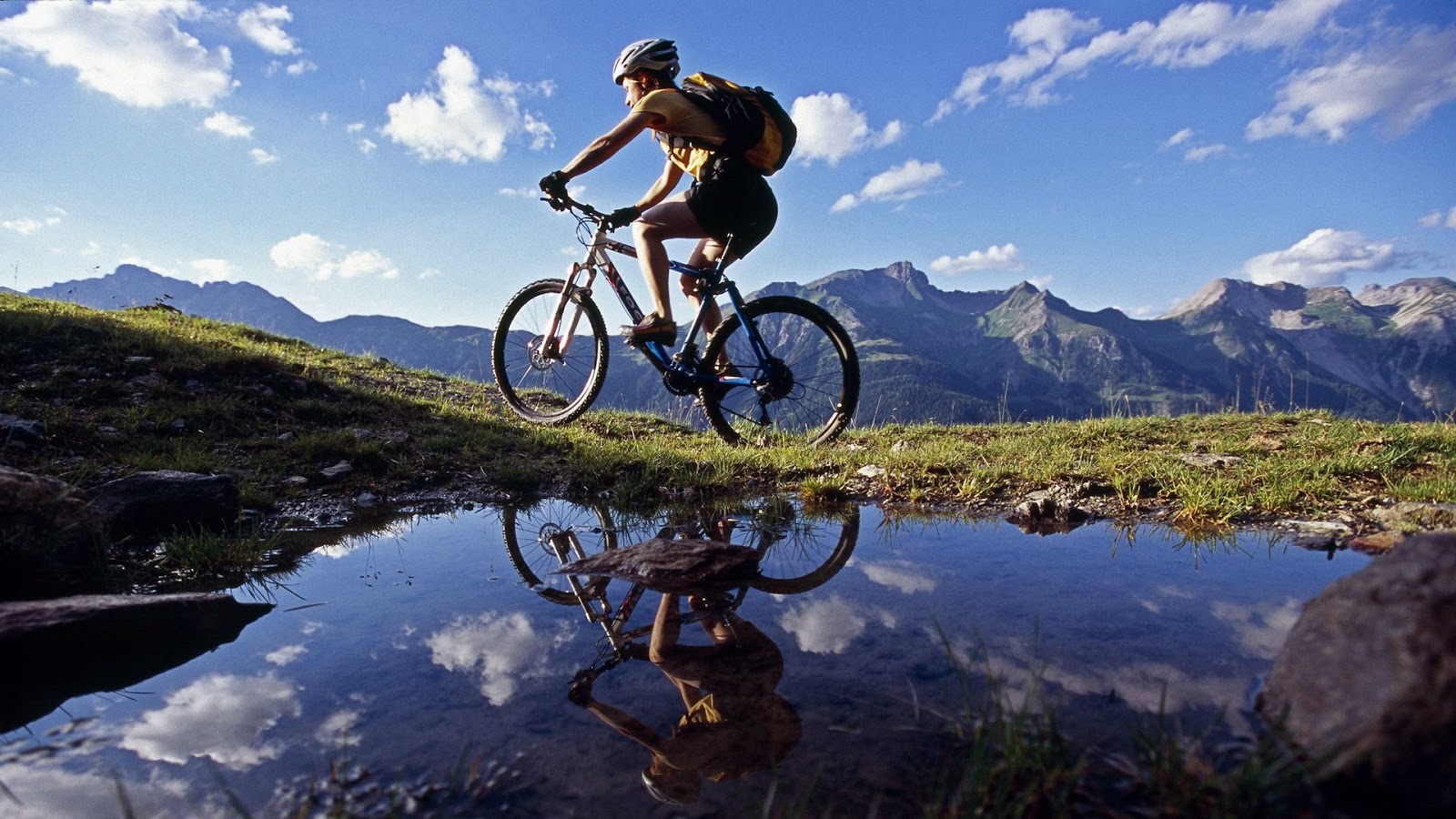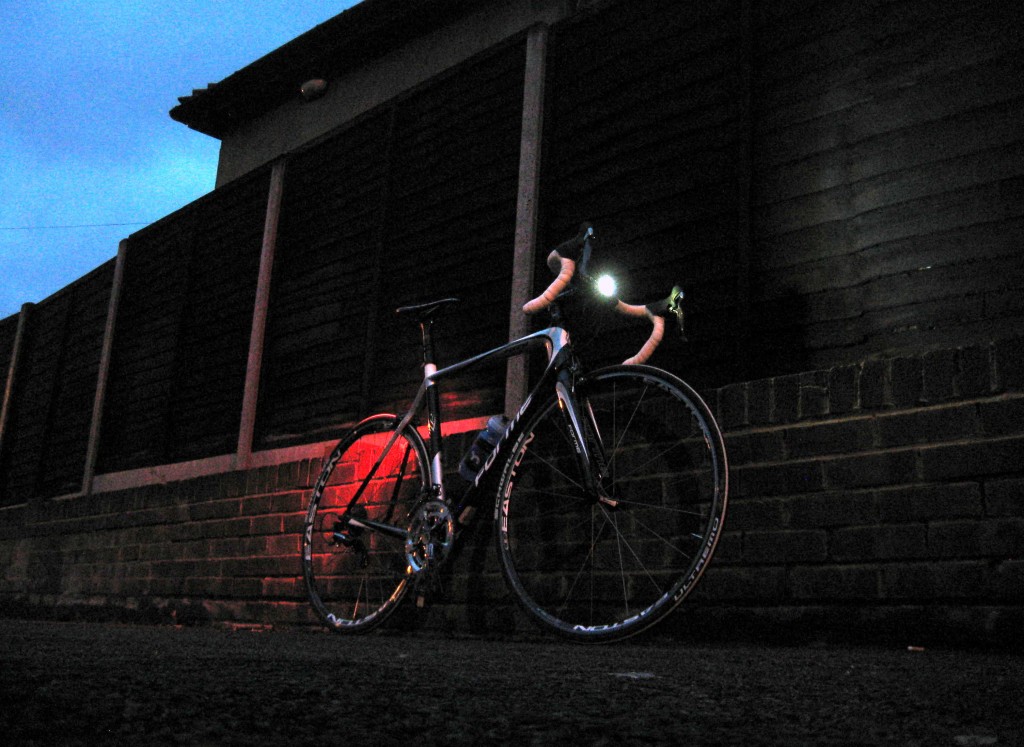It can be aggravating to experience pain after a cycling session. You’re trying to improve your skills, but you end up with neck pain that prevents you from cycling the next day. Neck pain is very common in this sport and is usually caused by weak muscles or poor posture.
About cycling neck pain
1. How does the neck work?
The neck is made up of several muscles, including the sternocleidomastoid and trapezius. The neck muscles work together to move the head in all directions and to adjust the posture of the head.
2. What goes wrong when cycling?
While cycling can cause neck pain and injury, it can be frustrating if you don’t know what’s causing it. There are several potential causes and solutions to your problem.
The first possibility is that you are unaware of preventative measures that would help you avoid neck pain or numbness, such as properly fitting bikes, using the proper equipment, or stretching the appropriate areas.
When riding a time trial, the neck is hyperextended (tilted backward) for long periods of time, especially if the bike is set up with a large handlebar drop. This position can cause fatigue and stiffness in the deep neck extensors.
The trapezius muscle, which runs from the base of the skull to the shoulder, starts to support the weight of the head when this happens. Cycling can cause stiffness and soreness in the upper trapezius and neck muscles over time. After longer lengths of time, having improper alignment or forgetting to stretch after being stiff for too long might result in major injury.
See also: 9 Incredible Benefits Of Cycling, Should Know Before Start
Avoid cycling neck pain: Let’s tweak your on-the-bike position
A correct bike fit can prevent the majority of neck stiffness and suffering. While it may take some time to get it wrong, these modest adjustments to your riding stance may alleviate most difficulties and make you more comfortable.
1. Handlebar height
You’ll be pushed to reach farther than you should if your handlebars are too low. This puts additional strain on your shoulders and causes your neck to expand. While this may not be an issue on shorter rides, after an hour or more on the bike, your neck muscles begin to weary. This can lead to muscle discomfort and stiffness, which can lead to injury.
You can adjust the height of your stem to get a slightly more upright position that doesn’t require as much neck extension. If there is still room on your steerer tube, spacers beneath your stem can be used to raise the height of your handlebars. If your steerer tube has been cut and there isn’t enough room for spacers, you can either adjust the angle of your stem or purchase an adaptor.
Stems come in a range of shapes and sizes. If you suffer from neck pain, look for a stem with a good increase. This means your handlebars will be higher as the angle climbs. Because the amount of angle you require varies, you may need to try a few different models to get the ideal height for you. If spacers and stem angles haven’t remedied the problem, adapters are another alternative.
2. Reach
If you’ve changed the height and you’re still reaching too far for the handlebars, your frame may be too large. Getting a bike fit before buying a bike can help you prevent this problem, but if you currently have a bike and want to make it work, try utilizing a shorter stem.
Reduced stem length puts the handlebars closer to your body, decreasing shoulder and neck discomfort caused by overreaching. Keep in mind that the length of your stem can effect how your bike handles, and going shorter can make the bike more difficult to manage and less stable. Falling from a 120mm stem to a 100mm stem should not have too many negative consequences, but going below an 80mm stem will likely reduce your bike’s performance.
Just don’t try to move closer to the handlebars by pushing your saddle forward. Changing the fore/aft position of your saddle changes the angle of your knees as you pedal, and instead of neck pain, you’ll risk various lower-extremity ailments.
Other ways to prevent cycling neck pain
1. Improve strength
If you’ve already had a bike fit and are still experiencing neck soreness and pain when riding, the issue could be weak neck muscles. Supporting the weight of your head for hours on the bike takes strength, and your shoulders typically try to compensate as you tire.
If this appears to be the case, do the following three exercises to strengthen your neck and reduce fatigue:
-
Shrugs
The upper trapezius connects the base of the head to the top of the shoulders and travels along the back of the neck. This exercise serves to strengthen this muscle, which aids in head support while cycling. Standing with your feet shoulder-width apart and a pair of dumbbells, execute the exercise. Shrug your shoulders up toward your ears while keeping your arms straight. Before lowering back to the beginning position, hold for 2–3 seconds. Perform three sets of ten repetitions.
-
Neck curls
This exercise strengthens the muscles at the front of the neck, which helps to resist the forward head position on the bike. Lay on your back with your arms by your sides, your feet flat on the floor, and your head resting on a folded towel to perform this exercise. Begin by lowering your chin while maintaining a relaxed jaw. Once you’re in this posture, curl your head up about half an inch off the towel while keeping your chin lowered. For around 5 seconds, stay in this position. Work your way up to a 25–30 second hold as you gain strength. Rest for 10–15 seconds before repeating three times.
-
Chin tucks
Chin tucks are beneficial because they help to relax tight neck muscles and promote mobility while also strengthening the thoracic extensors, which keep the neck straight over the shoulders. Standing or sitting erect with your head in a neutral position is a good idea (ears directly above the shoulders). Push your head backward with one finger on your chin. A stretch should be felt in the back of the head and neck. Before returning to the starting position, hold this position for 5–10 seconds. Rep 10 times more.
2. Learn proper stretching
It’s possible that you won’t feel any pain until a few hours after cycling, indicating that it’s more of a weak muscular issue. Your pain could be caused by a lack of strong adequate muscles to maintain your head’s weight for an extended period of time.
This is because the trapezius muscles along your neck and shoulder related to the base of your head are rigid for a long time, resulting in a loss of blood oxygen in your muscles due to a lack of blood flow to the area. This is the cause of muscular spasms and various types of pain. Simply remembering to strengthen and stretch this area is all it takes to alleviate this issue.
Proper stretching includes doing:
- Right and left head rotations to stretch the neck
- Right and left lateral flexion of your neck to the shoulder
- Extension by tilting your head back to stretch the back of the neck
- Flexion of the neck while standing or sitting upright to stretch the muscles in the back of your neck.
3. Sports sunglasses — Essential for neck pain relief
However, if you want to avoid neck strain when riding to work, make sure you’re adequately outfitted. Coach Darryl always suggests sport sunglasses rather than any other type of eyewear. The huge viewing area of sports sunglasses allows you to peek out the top without your glasses frames impeding your vision. Regular glasses will compel you to bend your neck to see properly, resulting in neck ache.
On the bike, a sore neck isn’t something you should have to cope with. While many cyclists complain about their forward head posture on a road bike, it’s something that may be prevented with a few easy adjustments.
Read more:
9 Expert Tips On How To Handle Cycling Knee Pain
Cycling Lower Back Pain: Causes & How To Get Rid Of
